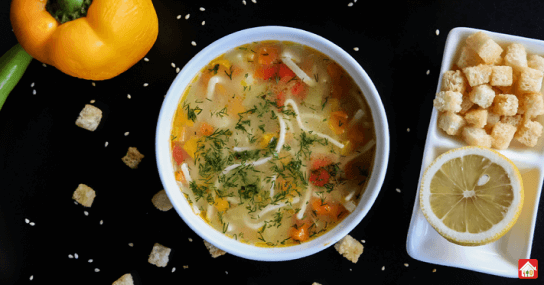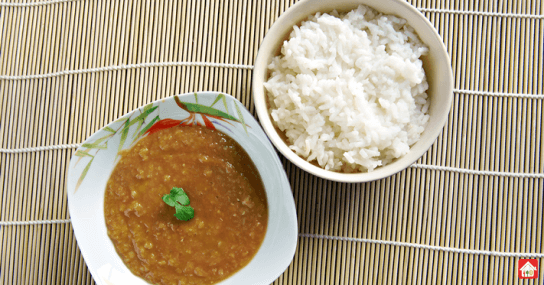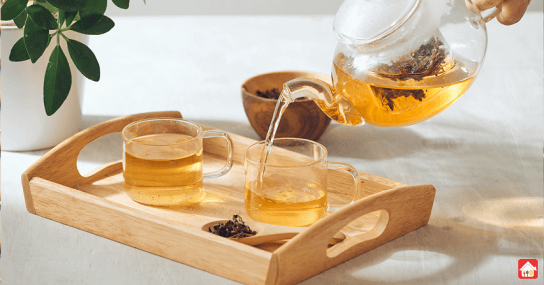Table of Contents
The cuisine of Sikkim is diverse and combines regional and local influences in a variety of flavours. The cuisine of Sikkim has been significantly influenced by Nepal and Tibet. Nepalese and Tibetan make up the majority of the state’s ethnic groups, with the former outnumbering the latter. As a consequence of this, rice is consumed by the majority of people in the state. The incredible Sikkimese cuisine fusion includes soups, stews, dumplings, meat, and vegetables.
Momos

Momos, or dumplings, are Sikkim’s primary source of food. Momos are filling-filled steamed buns. The cover’s dough is made with white flour and water. Occasionally, yeast or baking soda is added to the dough to improve the momos’ texture.
The momos were originally filled with ground beef, but over time, a number of changes have improved the quality of the dumplings. The stuffing can be made of anything, including cheese and paneer, which is tofu. The best momos in Sikkim can be found at The Roll House and The Taste of Tibet in Gangtok.
Thukpa

When you go to India’s Sikkim, the Thukpa is another speciality you can try. The dish originated in the eastern regions of Tibet and is a delicious noodle soup. Sikkim’s street food scene is very diverse, and Thukpa is at the forefront of it. This awesome delicacy is served basically wherever in the state, in addition to the road slows down. The noodle soup has garlic, finely chopped onions, and green chillies added to give it a spicy, tangy flavour. There are vegetarian and non-vegetarian versions of this meal. The last option would incorporate fixings like red meat and bubbled or poached eggs, while the previous would incorporate destroyed and diced vegetables. Take advantage of this delicious dish while you can.
Dhindo
Dhindo, one of Sikkim’s most well-known dishes, is a favourite of both locals and tourists. The dish hails from Nepal but is also quite common in many parts of Darjeeling and Sikkim. The flour mixture is to be added to hot water by constantly swirling it with a ladle, according to the recipe. Whether you use regular butter or clarified butter is up to you. Flour is typically made from millet or buckwheat. Additionally, wheat and corn flour are frequently utilized. As long as it has been ground into flour, almost any grain can be used. It is typically made with a Palame Tapke iron pan and a Dabilo iron spatula or ladle.
Phagshapa
For meat-eaters, Phagshapa, a popular Sikkimese dish, is a culinary delight. The dish’s primary ingredients are radishes, red pepper flakes, and pork fat. The hog fat strips are cooked first and then set aside. Pork and red chillies are added to the stew made with radishes, flavours, and different fixings to give it a hot, hot flavour. It is a healthy option for a diet because only vegetables and protein are used in the preparation. Due to its explosion of flavours and reputation as a healthy alternative, it is widely regarded as Sikkim’s most popular cuisine.
Chang
Chang is a millet that has been fermented with yeast, which helps the process of fermentation. It is also known as Thomba, and the Limbu people of Eastern Nepal drink it frequently. Chang is an alcoholic beverage made in the area that is served in a bamboo pie and drunk from it. Numerous indigenous distilleries that produce inexpensive alcohol are located in Sikkim.
Thenthuk

Thenthuk is another delectable soup. In Sikkim, the best Tibetan food is made as a noodle soup with vegetables, wheat flour, meat or mutton. A Sikkim resident prefers it for dinner. Some people serve veggie Thenthuk to keep it healthy, while others make it spicy by adding chilli powder. Tibet is where Thenthuks got their start.
Kinema curry
Kinema curry is a popular dish in Sikkim with rice. The curry’s distinctive flavour and high protein content make it special. The soybean gives the curry its distinctive flavour after fermentation. Frying the turmeric powder, onion, red chilli, and tomato enhances the flavour before adding the fermented soybean.
Masaurya curry
One of Nepali cuisine’s most well-known dishes, masaurya curry, is a Sikkim staple. The most important ingredient in the curry’s preparation is the fermented black gram. It is made of hot sauce and has the shape of a ball. For this recipe, the best side dish is cooked rice.
Chhurpi Soup
This curds soup is scrumptious and tempting. This is a traditional Sikkim dish that guests are given as a drink to welcome them. The cheese and panache phoran are the soup’s main ingredients. As a garnish, coriander leaves give this soup a light touch.
Gundruk
Gundruk is a completely vegan dish made with mustard, cabbage, or radish leaves. Villages that were built by people in their own homes are authentic. It maintains a healthy metabolism thanks to its abundance of roughage. Traditionally, this Sikkimese meal is prepared in an earthen pot, but other methods are becoming increasingly popular. This meal hasn’t changed much over time, and it doesn’t look like it will either.
Dal Bhat

Dal Bhat is lentil soup served with rice, to put it simply. Dal bhat is a common dish in Sikkim. It is usually served with meat and chutney or tarkari, a vegetable curry. The fact that dal bhat is a common component of numerous South Asian dishes is fascinating.
Sinki
Another Sikkim traditional dish, sinki, hasn’t changed much in terms of its ingredients or how it’s made. After being cut, the radish roots are placed in bamboo and covered with straw. This bamboo is fermented after being covered with plants and mud for about a month. This prepared Sinki, which took a month to prepare, can now be used in stews and soups and kept for a year.
Sikkim Tea

While you’re here, who wouldn’t want to sip some delectable Sikkim tea? The tea is produced using the Temi tea garden, which delivers a delightful drink. Because it is served in distinctive traditional cups, this is one of the most interesting drinks to try in Sikkim!


